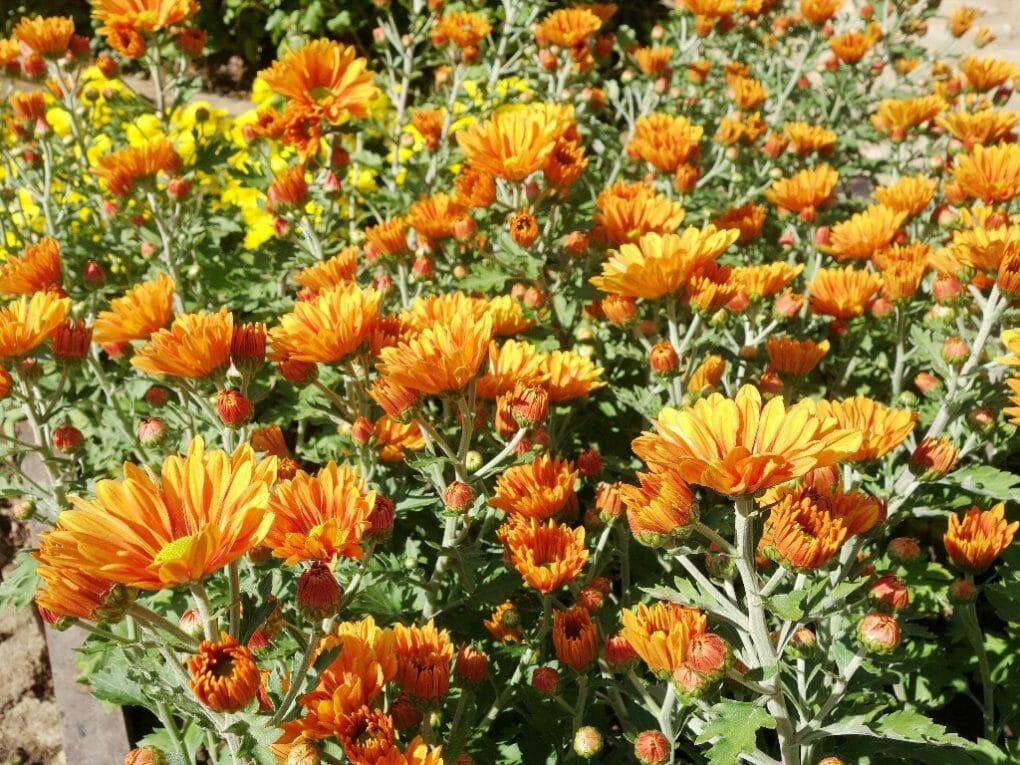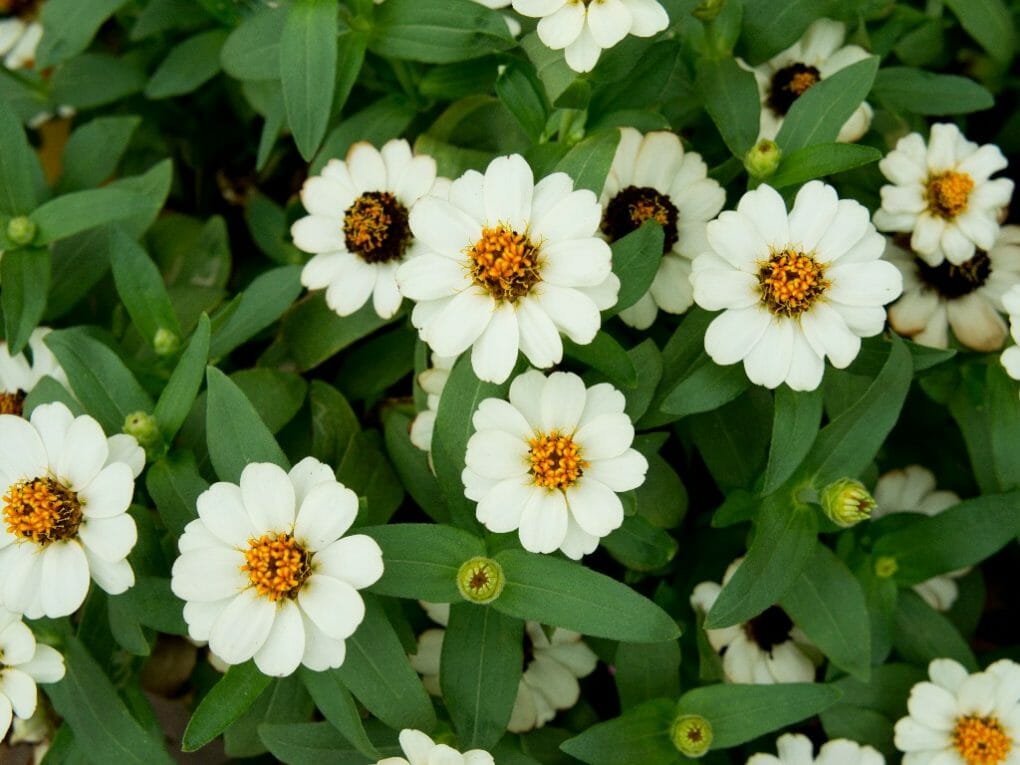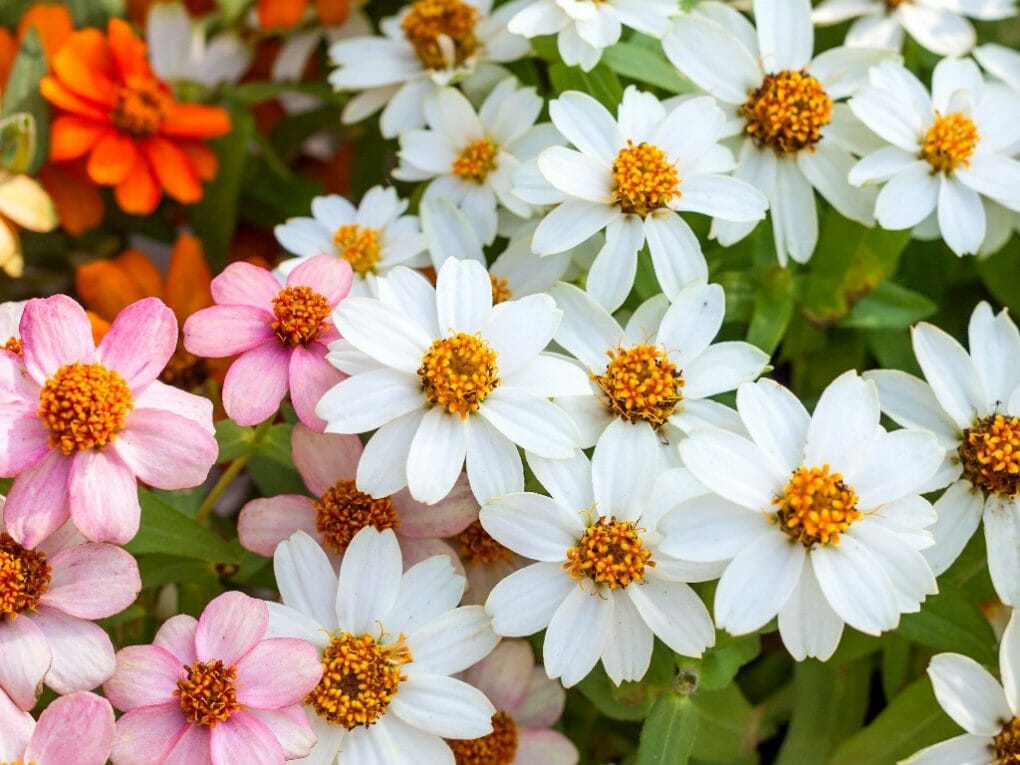When To Start Zinnia Seeds Indoors? Why Plant Zinnias in Containers?

Zinnia seeds can be planted in the ground four to six weeks before the last expected frost. In terms of annual flowers, zinnias are among the most stunning. They require little care and produce many blooms for your enjoyment. There is a Zinnia for every garden and gardener, as they come in various heights, colors, and types. Although zinnias flourish in full sun, they can thrive in partial shade.
Typically, seeds take between 6 and 10 days to germinate. If too many seedlings are in the container, remove the weaker ones by snipping them off at the base. When the last chance of frost has passed, it’s time to plant in the garden. Since peat pots are biodegradable, you can plant your plants without removing them from their containers.
Table of Contents
Why Plant Zinnias in Containers?
First, you may have limited space and don’t have a backyard. Even if you only have a sunny balcony, you can grow zinnias in a pot. If you have more room, you can grow different kinds and even sow them at different times. Even if you have bad soil, you might be able to grow zinnias in pots.
Last but not least, zinnias bring in pollinators. They are like magnets for butterflies, bees, and hummingbirds. The flowers will last at least a week, if not longer. This gives the animals plenty of time to enjoy themselves. Cut them off before they go to seed, or the plant might stop blooming.
Choosing What Type of Zinnia Seed to Plant
When choosing the type of zinnia seed to plant, it is important to consider a few things. First, you will want to choose the variety of zinnia that best suits your gardening needs. There are also dwarf varieties available that can be easy to grow in small spaces. Second, you must decide what color range you want your plants to have.
Zinnias are bright and cheerful flowers that come in various colors. Some popular colors include red, yellow, orange, light purple, pink, or white. You can also get zinnia plants in mixed-color varieties such as multi-colored border mix. Finally, consider whether you want trailing or upright stems when selecting your seedlings.
Two Ways To Plant Zinnia Seeds in Pots

According to Heather Jacobs, a horticulturist from the Fancy Garden, there are two ways that you can plant your zinnia seeds in pots. Check it out and try it in your home!
Method 1: Start the Seeds in Pots Inside
The main benefit of starting zinnia seeds indoors is getting a head start on the season and growing zinnias while it is cold outside. This makes it possible to get a crop as soon as possible. Start your seeds no sooner than four to six weeks before the last frost you expect to see.
Fill the seed-starting cells with a good seed-starting mix that has already been wet. Water the soil well, then let the extra water run off. Press the seed about half an inch deep into the soil with the pointy side down. Keep the room between 70-75°F. In 3–10 days, the seeds will start to grow. When the seeds start to grow, take off the dome. If the seed shell doesn’t fall off after it sprouts, mist it with water every few hours until it does. The best thing to do with sprouts is to put them under an LED light or grow light as soon as possible since they grow quickly and can easily become leggy. After they’ve developed a few sets of leaves, cut off the weaker sprouts so that only one is left.
Method 2: Plant Seeds in Pots Outside
Even when it’s 100 degrees outside, zinnia seeds will grow, which blows my mind. For this method, fill a pot of 3 gallons or more with soil up to an inch below the rim. Pat it lightly. Next, give the soil a lot of water. Watering the soil before planting keeps the seed from falling out. Place two zinnia seeds in the middle of the pot, pointy sides down, about an inch apart, and half an inch deep. Put two seeds in the ground in case one doesn’t grow. To settle the soil around the seed, water it lightly. Use a cloche to keep animals from stealing your seedling. Keep moist.
If you use this method, be careful when you water your seeds after they grow. If the soil is already wet, don’t water it. You don’t want your seedling to get wet. Keep the cloche on top of the plant until it gets too big, and the cloche no longer fits. If both seeds grow, remove the weaker one so that each pot has only one seedling.
Transplanting Seedlings and Pruning

Once your seeds have sprouted two sets of true leaves after being started indoors using Method 1, you can harden them off and transplant them into larger containers. Don’t leave them to get rootbound in their tiny containers. Put them in the shade for an hour to start. Then, please bring them back inside. Gradually extend the time they spend in the sun for a week until you can leave them out all day. This is the most difficult part because your seedlings can easily be killed if the weather is warm and the pots are left in the sun for too long. Use shade cloth successfully. Just make sure it’s not too dark.
Your seedlings can be transplanted into their permanent container after a week of hardening off. The pot should be at least three gallons in size. Put some soil in each one, and then add a single seedling. When planting zinnias and sunflowers, Cover them with cloches until they are too big for the seedlings. The lesser goldfinches like to eat the leaves.
While transplanting, try to minimize the stress on your seedlings. Some researchers have proposed a theory that transplant shock causes flowers only to produce a single bloom rather than a pair.
Zinnias need to be pinched once they reach 8-12 inches in height to promote branching. Cut them off above a cluster of leaves. This will cause a slight delay in blooming, but your first flush will include multiple blooms from the side shoots rather than just one from the main stem. This aids the plant in becoming more spherical.
